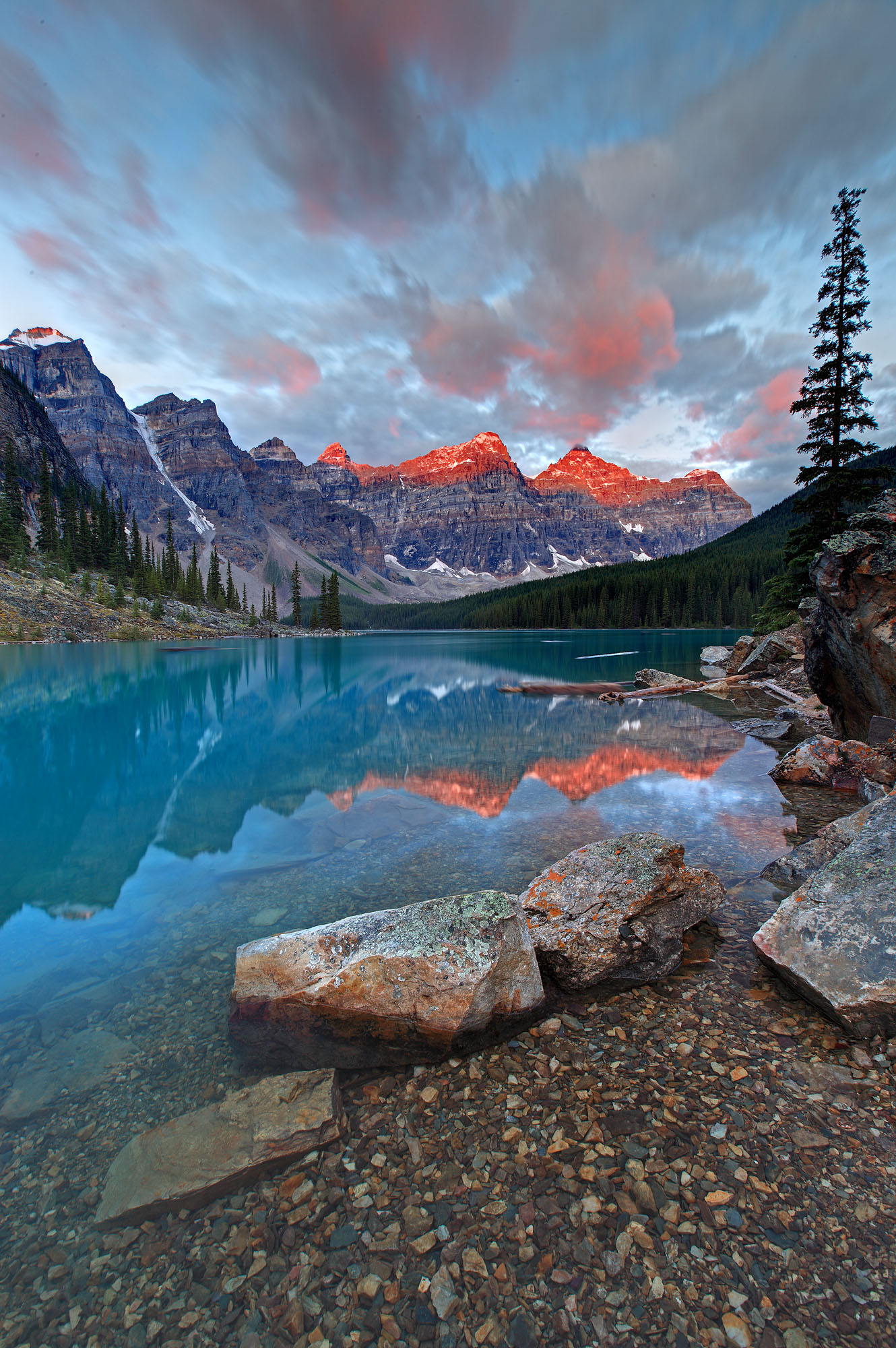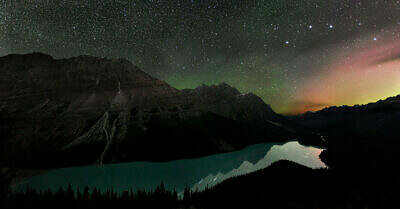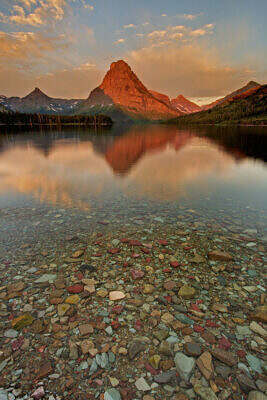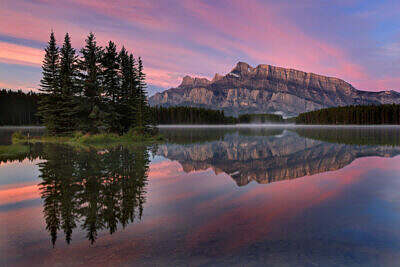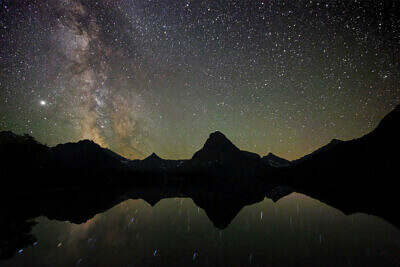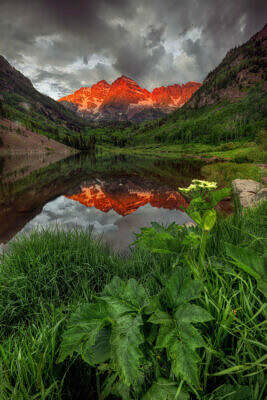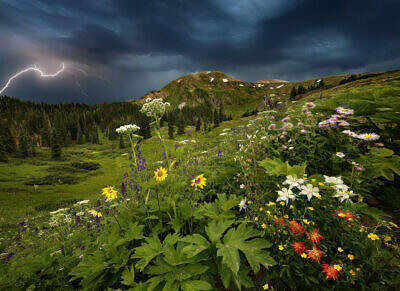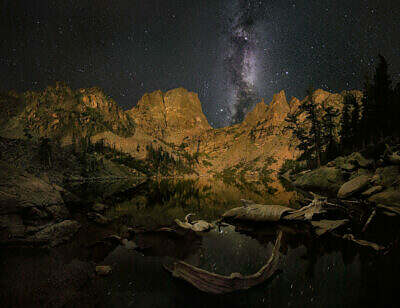Moraine Lake in the Valley of the Ten Peaks near Banff in the Canadian Rocky Mountains is located at an elevation of 1885 m (6184 ft).
The ten peaks tower up to 4900 ft (1200 to 1500 m) above the lake building a continuous ridge of 7.5 miles (12 km) length.
The alpenglow at sunrise was spectacular. After seven failed attempts in the pouring rain, the conditions were finally perfect, although it looked like another cold and grey morning. But just in time the cloud cover opened and allowed a few sunbeams to shoot across the sky. They illuminated the fast moving clouds and the jagged peaks for only about ten seconds. After this fleeting moment of pure bliss, the landscape was once again shrouded in grey.
-
The rocks of Moraine Lake in the Valley of the Ten Peak
Valley of the Ten Peaks
- Above and Beyond
- Ancient Shorelines
- Moments to Remember
- Grand Teton Skyline
- Patterns in the Void
- Only a Memory Remains
- Oh Be Joyful
- The Wild Embracing Silence

